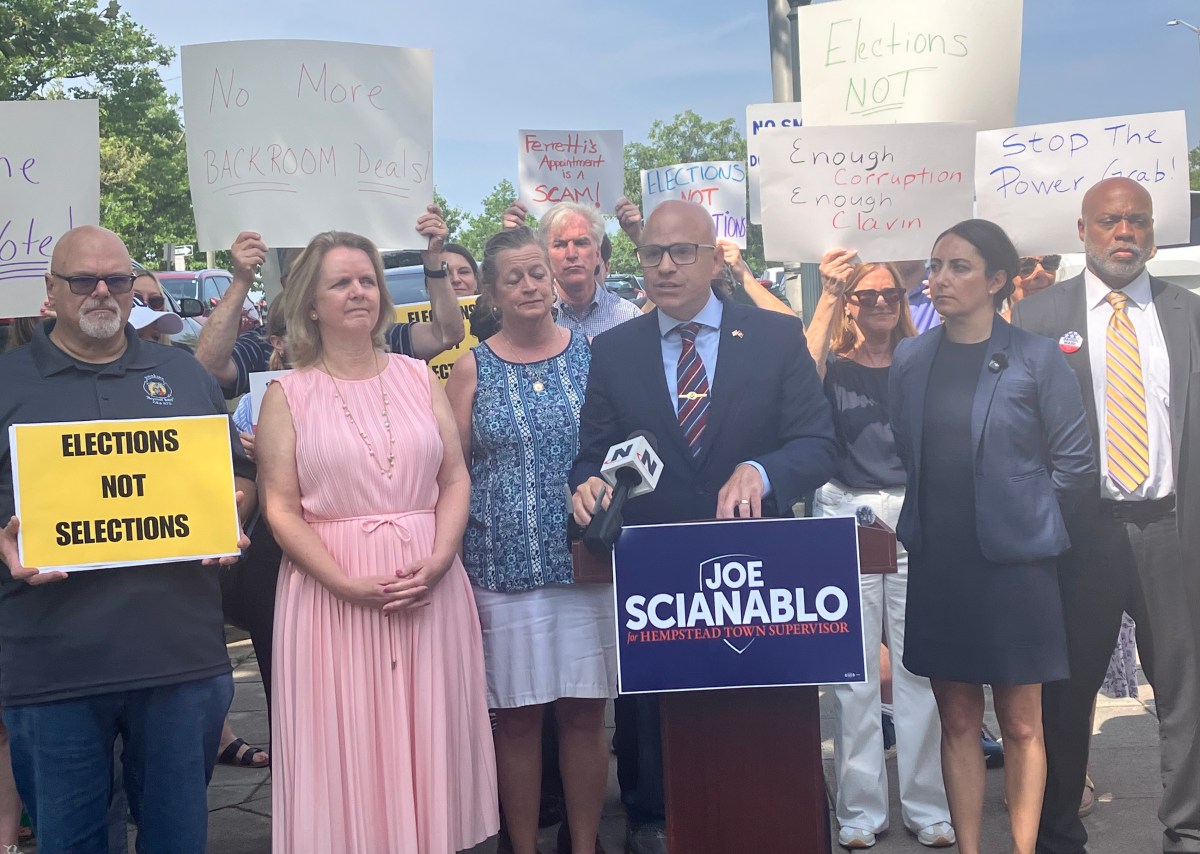A U.S. Coast Guard unit that uses armed helicopters to go after maritime drug runners in the Caribbean said on Dec. 29 that, working with other federal partners, it has intercepted more than US$10 billion in illegal drugs and related assets since it was commissioned in 1998.
The Coast Guard Helicopter Interdiction Tactical Squadron (HITRON) is America’s first airborne law enforcement unit trained and authorized to employ airborne use of force (AUF) and is the Coast Guard’s only airborne unit that employs disabling fire in support of the counter-drug mission.
HITRON prepares personnel, deploys aircraft, and employs airborne use of force against non-compliant vessels within Maritime Drug Transit Zones, the Coast Guard said.
“There’s been a lot of blood, sweat and tears that went into this,” said Captain Donna Cottrell, who took command of the squadron in June.
She said the HITRON has multiple crews deployed aboard Coast Guard cutters at any given time.
Operating in the Caribbean and Eastern Pacific, Cottrell said HITRON crews deploy more than 1,100 days per year.
“As part of a cutter’s crew, HITRON helicopter crews work in concert with the cutter law enforcement boarding teams to stop and interdict suspect vessels within the busiest drug transit corridors,” Cottrell said.
“During its first year, HITRON intercepted all five go-fasts encountered, interdicting 2,640 pounds of cocaine and 7,000 pounds of marijuana,” she said.
“HITRON has continually adapted its tactics and procedures to combat the evolving tactics of the drug trafficking organizations,” she continued.
“Now, 13 years later, HITRON has successfully completed 209 interdictions of non-compliant vessels transporting illegal contraband resulting in the detention of 645 drug traffickers,” Cottrell said.
She said these interdictions have kept 412,076 pounds of cocaine, 21,041 pounds of marijuana, 135 pounds of hash oil, 304 pounds of heroin and US$8,752,900 in illegal currency, with a total street value US$10,064,730,837, from reaching American soil.
“Reaching this milestone is a testament to the sacrifice and hard work of all the men and women who have served at HITRON for the past 13 years and demonstrates the Coast Guard’s great value to the American public,” Cottrell said.
She said finding and intercepting illicit cargo in the midst of the busy traffic in the Caribbean Sea is a “daunting challenge.”
Cottrell said many ships pass through the Caribbean Sea and along the eastern part of the Pacific Ocean from South and Central America, where the drugs originated.
“It’s a big problem,” Cottrell said of the challenge in tracking seaborne drug shipments. “It’s a lot of water to cover, (which is one reason) we are in high demand.”



















